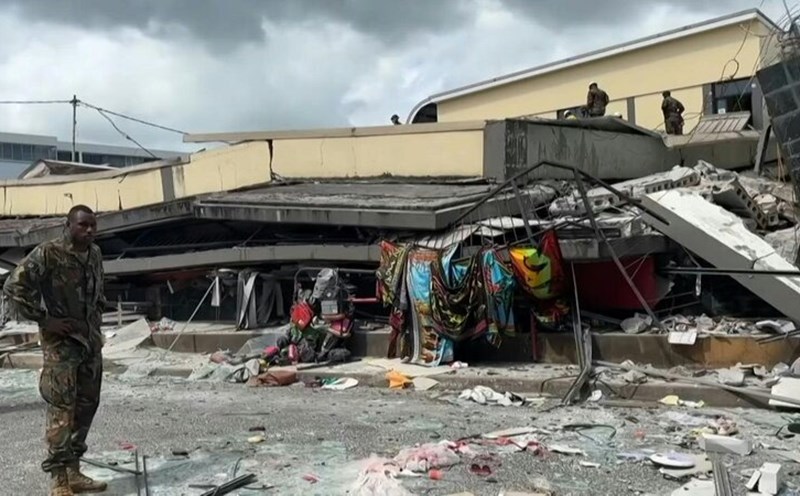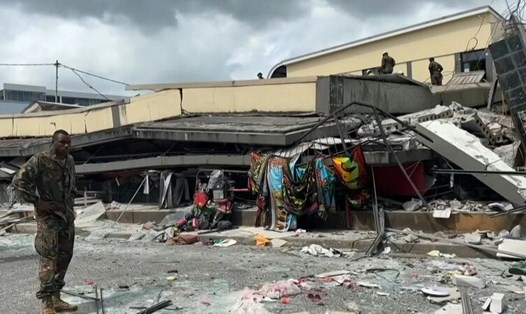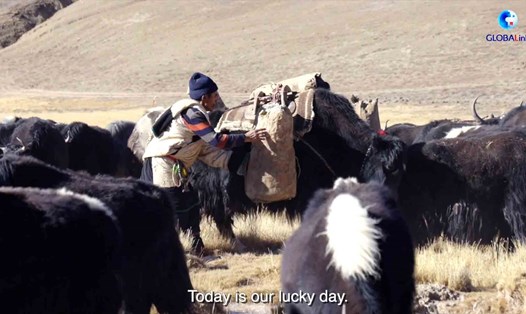A 6.8-magnitude earthquake shook the northern Himalayas near one of Tibet's holiest cities on the morning of January 7, Chinese authorities said.
The earthquake caused severe damage, killing at least 95 people and injuring 130 in the Tibet region. The death toll is expected to rise. The tremors were also felt in China's neighboring countries of Nepal, Bhutan and India.
The epicenter was in Tingri County, a rural area known as the northern gateway to the Everest region, at a depth of 10 kilometers, according to the China Earthquake Networks Center.
Meanwhile, the US Geological Survey determined the earthquake's magnitude to be 7.1. Tingri, which has an average elevation of 4,000 to 5,000 meters, recorded strong shaking during the earthquake. Aftershocks continued to occur with a magnitude of up to 4.4.
More than 1,000 houses were damaged in the area, which has three towns and 27 villages within a 20-km radius of the epicenter, with a total population of about 6,900 people.
Images shared on social media showed the facades of damaged shops in the town of Lhatse, with debris strewn across the road. Local authorities are coordinating with neighboring towns to assess the damage and check for casualties.
Nepalese authorities said there were no reports of casualties or damage to property, but remote, sparsely populated border areas were still being checked. Teams of police, security forces and local authorities were mobilized to gather information.
Meanwhile, the earthquake also shook Bhutan's capital Thimphu and the northern Indian state of Bihar, but Indian officials said they had not received any reports of damage.
According to experts, the Tingri earthquake was caused by a fault in an area known as the “Lhasa block,” which experiences compression from north to south and tension from west to east. Since 1950, the area has recorded 21 earthquakes of magnitude 6 or higher.









